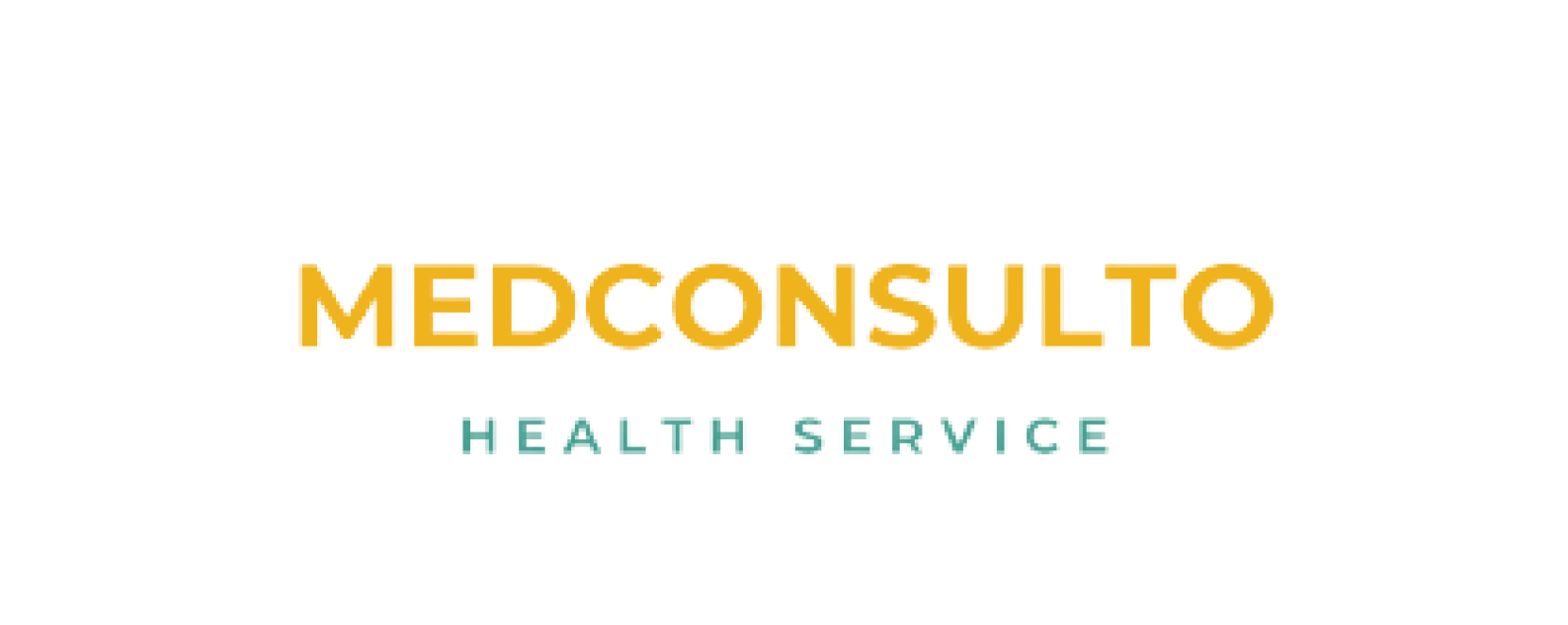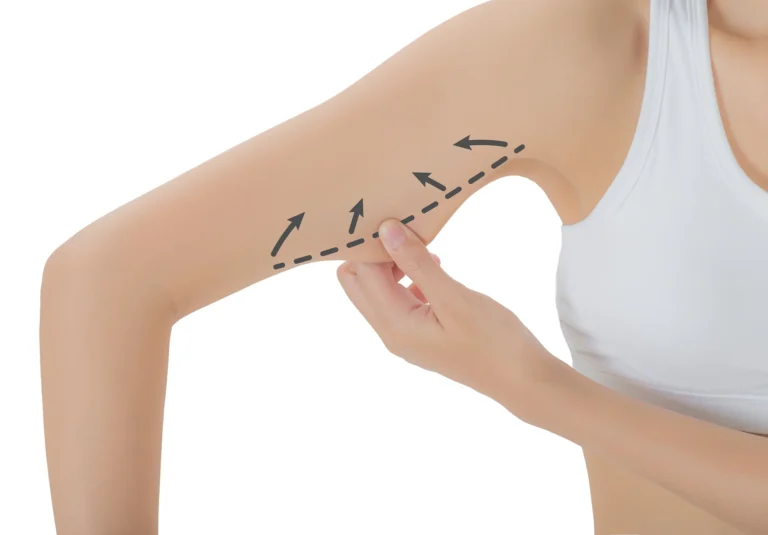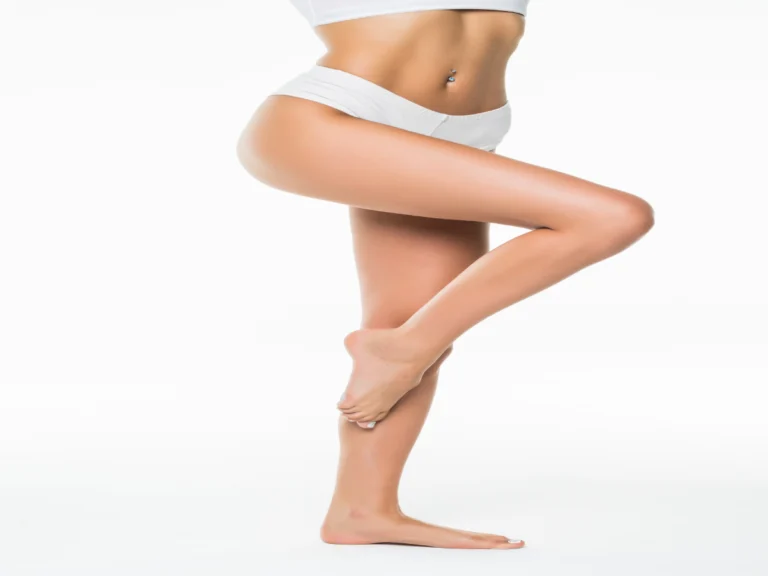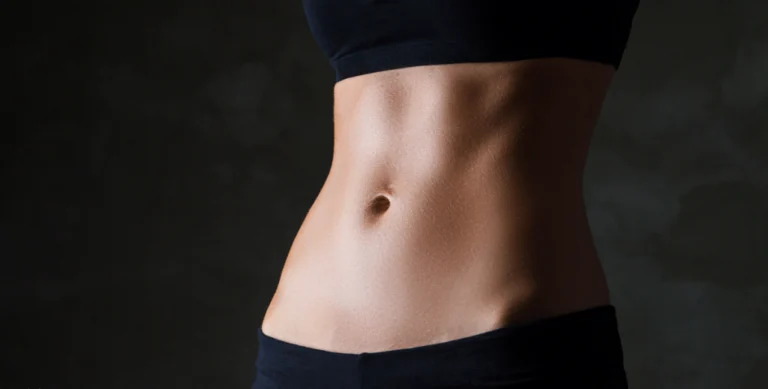Calf liposuction is one of the most popular procedures because it directly removes fat from the legs. The ideal candidate for calf liposuction is usually someone who is close to their ideal body weight. It is a very safe procedure in the right hands, so always choose a board-certified plastic surgeon.
Understanding the calf liposuction recovery process is vital to having realistic expectations. In this blog, discover essential tips and a recovery timeline for leg liposuction. Learn about post-operative care, potential side effects, and how to ensure a smooth recovery.
What to Expect Immediately After Surgery
The First Week
After calf liposuction, the surgeon will provide you with some post-operative care instructions, pain medication, and compression garments or elastic bandages. During the first few days after calf liposuction, it is important to wear compression garments around the treated area to reduce swelling and help your body adjust to its new shape.
During this time, patients will experience pain, swelling, and bruising in the treated area. Patients are advised to limit physical activity and rest while your body recovers from surgery.
After one week after calf liposuction, you should notice a significant decrease in pain and soreness if the first few days are filled with complete rest. A lot of patients are able to back to work and light activities, but swelling and bruising may still be present.
Weeks Two to Four
After a few weeks of calf liposuction recovery, you will notice that the swelling and bruising have started to go away. The pain and soreness should also decrease. If the treated area is still painful and swollen, do not worry.
The swelling may take months to completely go away, and the pain will lessen over time. Patients can begin to resume their normal activities, but it is still advised to avoid strenuous exercise.
4-12 Weeks
After one month, many patients can resume normal activities and light exercise, but the treated area may still be sore. By six weeks, most of the swelling and bruising should have subsided.
After 6-12 weeks as swelling continues to go down, the treated area should begin to appear more toned and sculpted. It may take from you several months for full results to be seen.
Common Side Effects and How to Manage Them
Side effects of calf liposuction are little mild and relatively temporary. They may include bruising that goes away after a few days, swelling that lasts for a few weeks, and pain that can be relieved with pain medication.
Swelling and Bruising
Bruising is a common side effect of liposuction and should not be a cause for concern. Bruising is caused by the trauma of fat removal through suction, which can damage blood vessels. The extent of bruising varies from person to person, with those who bruise easily noticing a significant change in color.
Swelling is another normal part of the recovery process and is actually a sign that the body is healing. Swelling occurs as the body’s inflammatory response begins to repair the treated area.
Numbness and Sensation Changes
Numbness is rare, but some patients may experience numbness or loss of sensation in the treated area after liposuction. This is usually a sign of nerve damage, although it is often temporary. Over time, the body and its nerves tend to heal naturally, and sensation is usually restored within a few weeks to months.
The key to minimizing the risks of liposuction lies in two main factors: choosing a qualified and experienced surgeon and closely adhering to the aftercare instructions provided.
Choosing a clinic with a good reputation, a history of successful results, and a team of skilled professionals can make a big difference in both the safety and effectiveness of your procedure.
Is calf liposuction painful
Calf liposuction, like any other body contouring procedure, involves some degree of pain or discomfort, especially during the recovery phase. During the actual procedure, patients are given light general anesthesia, ensuring that they do not feel any pain or discomfort during the surgery.
Tips for a Smooth Recovery
The recovery time after leg liposuction varies between patients depending on the amount of fat removed and the total time it takes to perform the procedure.
- Wear the recommended compression garment for the period suggested by your surgeon to reduce swelling and improve circulation.
- Take prescribed pain relievers to ease pain in the treated area.
- Eat a balanced diet and stay hydrated.
- Shower only 24 hours after surgery.
- Get plenty of rest.
- Stop smoking and avoid and limit alcohol for a few days, as it can prolong healing time and increase the risk of complications.
- Clean your wounds every day, apply the prescribed antibiotic ointment, and change the dressing.
- Make sure to follow up with your surgeon to ensure your recovery is going smoothly.
Is calf liposuction permanent
After calf liposuction, fat cells do not grow back. As long as you keep on a healthy lifestyle with healthy eating and regular exercise.
Medconsulto liposuction services
If you are ready to make your body sculpting dreams a reality, or if you have any questions about calf liposuction recovery, schedule a consultation with Medconsulto. A specialist will meet with you to explain the procedure and discuss your goals, we work with the best hospitals in Turkey.
faqs:
How many days rest is required after liposuction?
Calf liposuction recovery is complete within one week and you can return to work after this time frame. The recovery period involves complete healing and generally extends over a period of four to six weeks.
Will I have visible scars after calf liposuction?
Calf liposuction scars are usually small and well hidden in the natural folds of the skin. These scars tend to fade over time and become less noticeable.
Can I exercise during the recovery period?
It is safe to exercise with muscle soreness as long as there is no pain. Over-exercising with muscle tears can lead to severe damage.
What should I do if I experience severe pain or unusual symptoms?
Call your doctor if you notice unusual symptoms such as severe pain, excessive swelling, or signs of infection.







